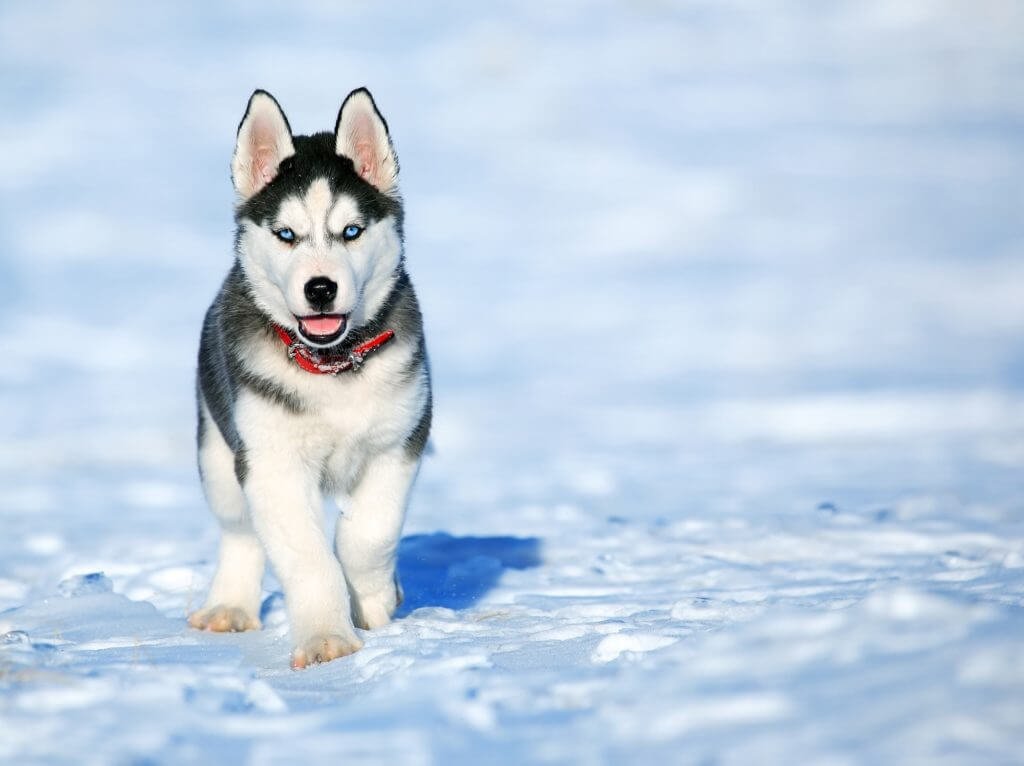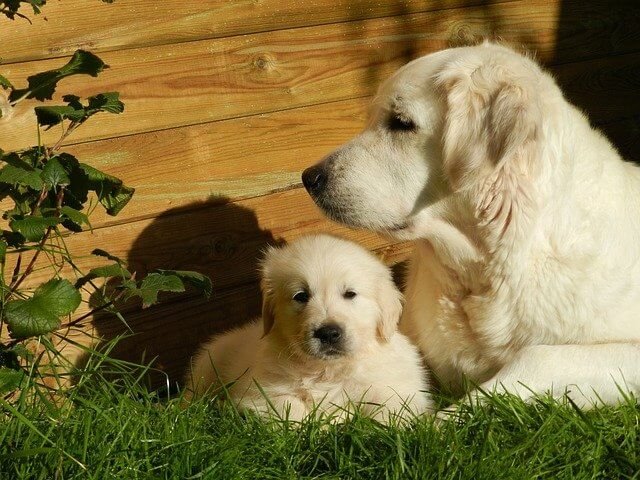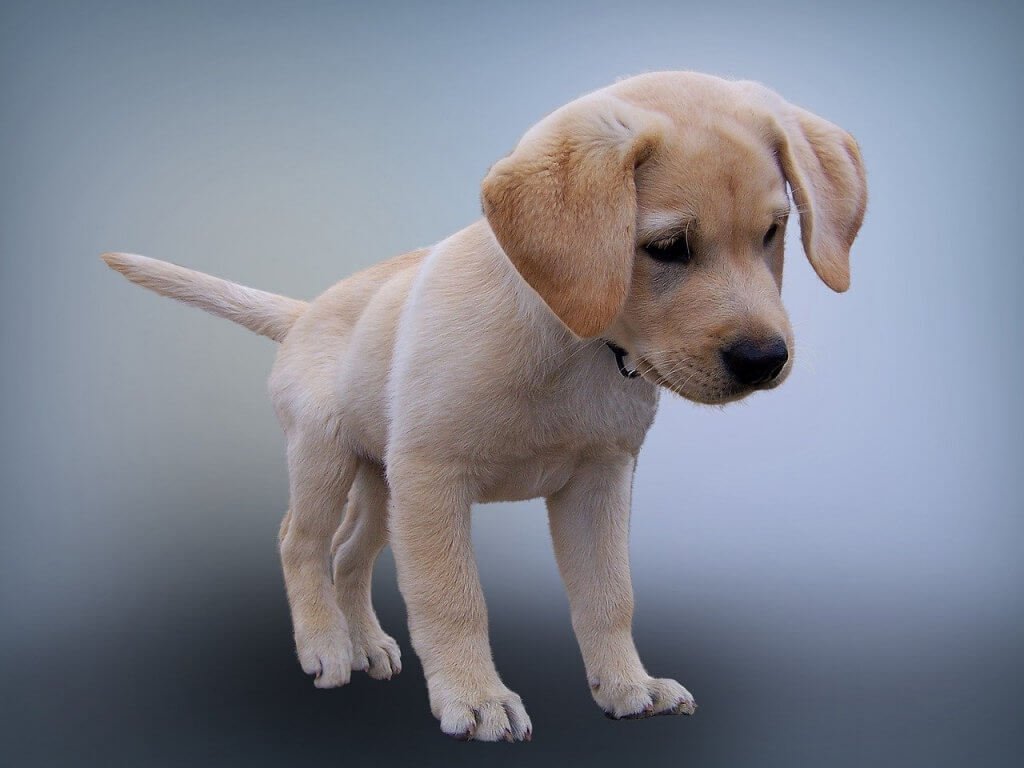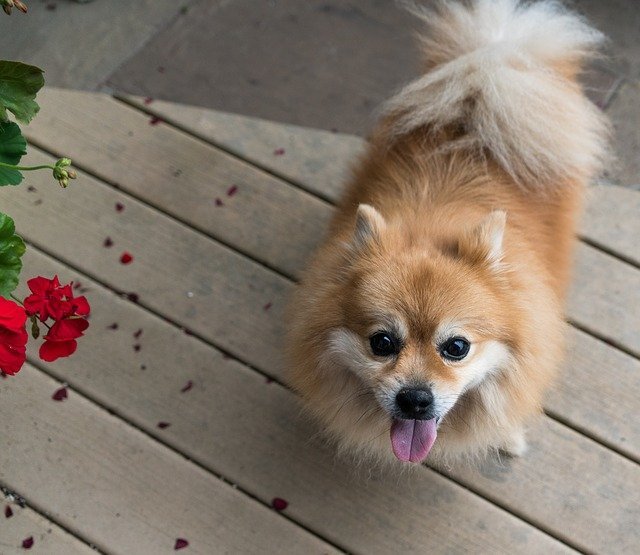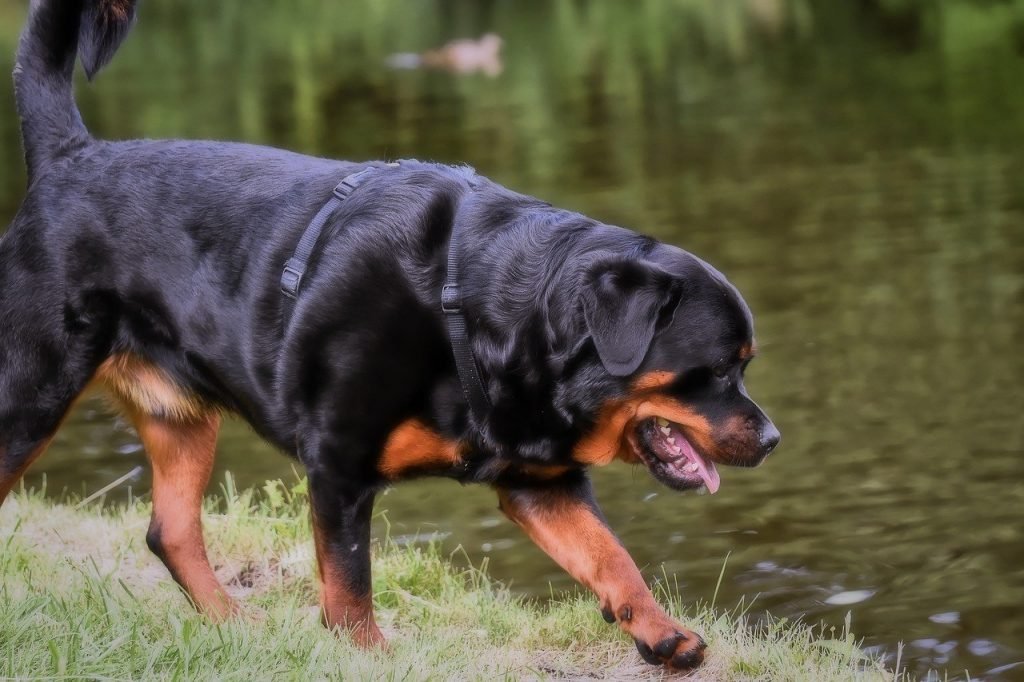Once upon a time, in the frigid landscapes of Siberia, a breed of dog thrived alongside the Chukchi people. Known for their endurance, beauty, and particularly their vocalizations, the Siberian Husky has sung its way into the hearts and homes of many around the globe.
Unlike any other breed, their vocal range, from howls to whimpers, communicates a language that seems almost human. This blog post delves into the mesmerizing world of Husky vocalizations, exploring the what, why, and how behind their famous sounds, guided by research and fascinating statistics that illustrate just how unique these vocal virtuosos are.
Table of Contents
The Symphony of Sounds
Siberian Huskies are among the most vocal of dog breeds. Their sounds range from howls to whines and chirps to boisterous barks. Unlike many breeds, Huskies rarely just “bark.” Instead, they have a symphony of sounds that express a wide range of emotions and communications.
Studies suggest that these vocalizations are not just random; they are a form of complex emotional expression. Huskies use their voices for everything from showing excitement to indicating distress, engaging in play, and even expressing boredom.
The Howl: A Call of the Wild
The howl is perhaps the most iconic of Husky vocalizations. A study from the University of Tokyo found that wolves, the ancestors of all domestic dogs, howl as a form of long-distance communication (Takeuchi & Mori, 2006).
This trait has persisted in Huskies, often used to communicate with their human families or dog pals. The howling can serve various purposes – as a location indicator, a bonding activity within a pack, or even an alert system.
Research published in “Behavioural Processes” suggests that howling in dogs can be influenced by their social and environmental context, indicating its complex nature (Yin, 2002).
Photo by Mitchell
Whines and Whimpers: Expressing Needs and Desires
Huskies are also known for their whining and whimpering sounds. These vocalizations are typically associated with desires or needs, such as wanting food or attention.
A study in “Animal Cognition” found that owners are usually good at deciphering their own dog’s needs based on the sound of their vocalizations, indicating a high level of communication between Huskies and their owners (Molnár et al., 2006).
The Husky ‘Talk’: Mimicking Human Speech
One of the most entertaining aspects of Husky vocal behavior is their tendency to “talk.” This talking is a form of mimicry where the dogs modulate their howls and sounds to create a pattern that resembles human speech.
While there’s limited scientific research specifically on Huskies talking, a study on vocal mimicry in mammals highlights that such behaviors are often a sign of intelligence and social complexity (Janik & Slater, 1997).
Understanding the Vocalizations: The Emotional and Social Aspects
Huskies use their vocal range to express a complex array of emotions. Research has shown that different sounds can indicate various emotional states. A growl might show displeasure or warning, while a high-pitched howl might be an expression of loneliness or anxiety.
The University of Lincoln conducted a study revealing that dogs, including Huskies, have a wide variety of vocalizations to express their emotional state (Faragó et al., 2010).
Adapting the Environment for a Vocal Breed
Living with a vocal Husky means understanding and sometimes adapting to their need to express themselves. Ensuring they have plenty of exercises, mental stimulation, and social interaction can reduce excessive and potentially problematic vocalizations.
Training from a young age, using positive reinforcement methods, can help manage and direct their vocal behaviors in a healthy way.
The Future of Understanding Husky Vocalizations
As our understanding of canine behavior and cognition grows, so too does our insight into the unique world of Husky vocalizations. Future research may provide a more in-depth understanding of the nuances behind each howl, whine, and chirp.
For now, Husky owners and enthusiasts can appreciate the wide range of sounds as one of the many special traits of this beautiful breed.
Conclusion
The vocalizations of Huskies are more than just noise; they are a form of communication steeped in the breed’s history and evolution. From the soulful howl echoing from their wolf ancestors to the engaging “conversations” they can have with their human companions, these sounds are a testament to the breed’s social and emotional complexity.
Understanding and appreciating these vocal behaviors can enhance the bond between Huskies and their owners, making the journey of companionship all the more enriching. So next time you hear a Husky’s howl, remember it’s not just a call to the wild; it’s a song of communication, emotion, and the deep bond shared with their human pack.

